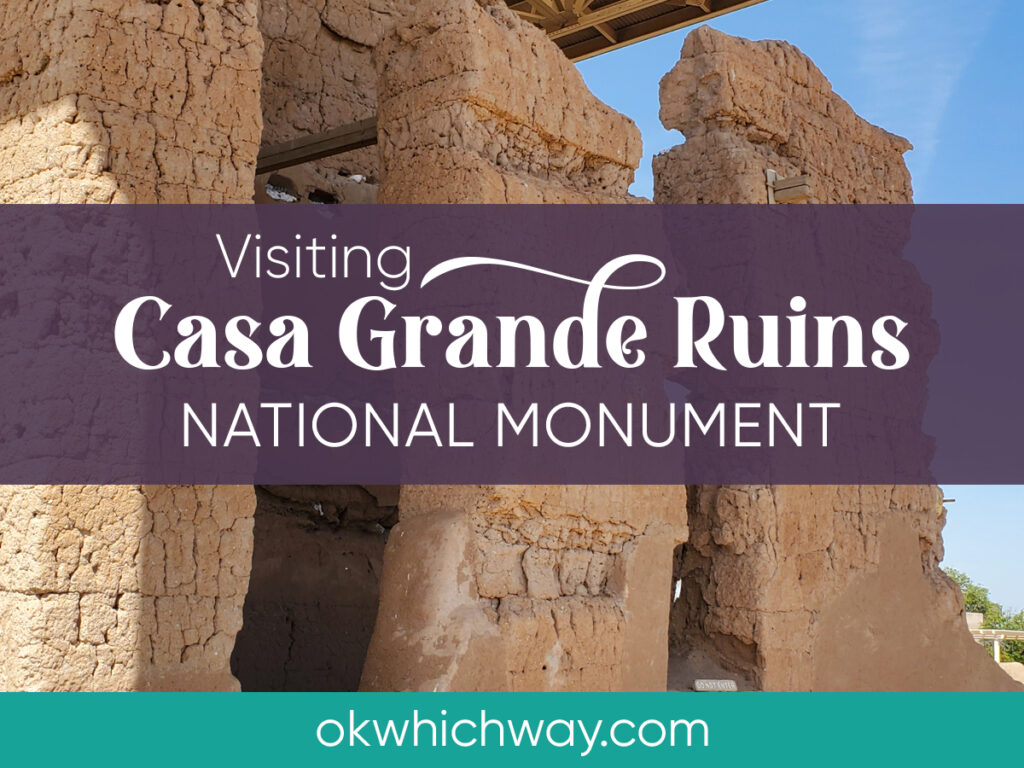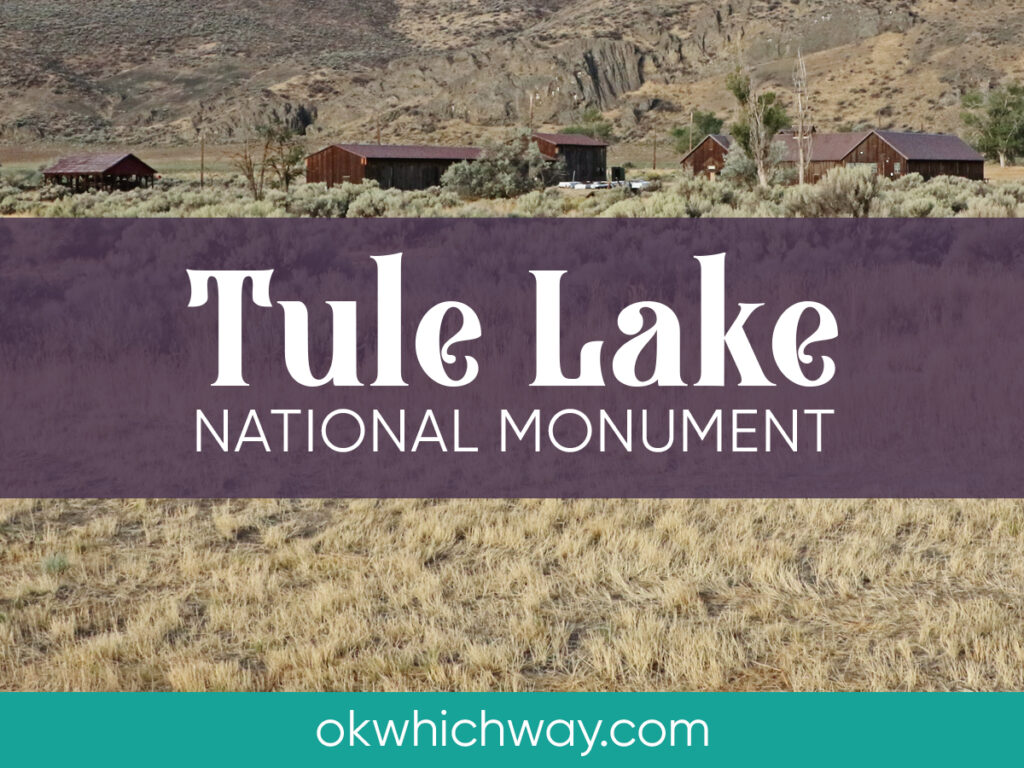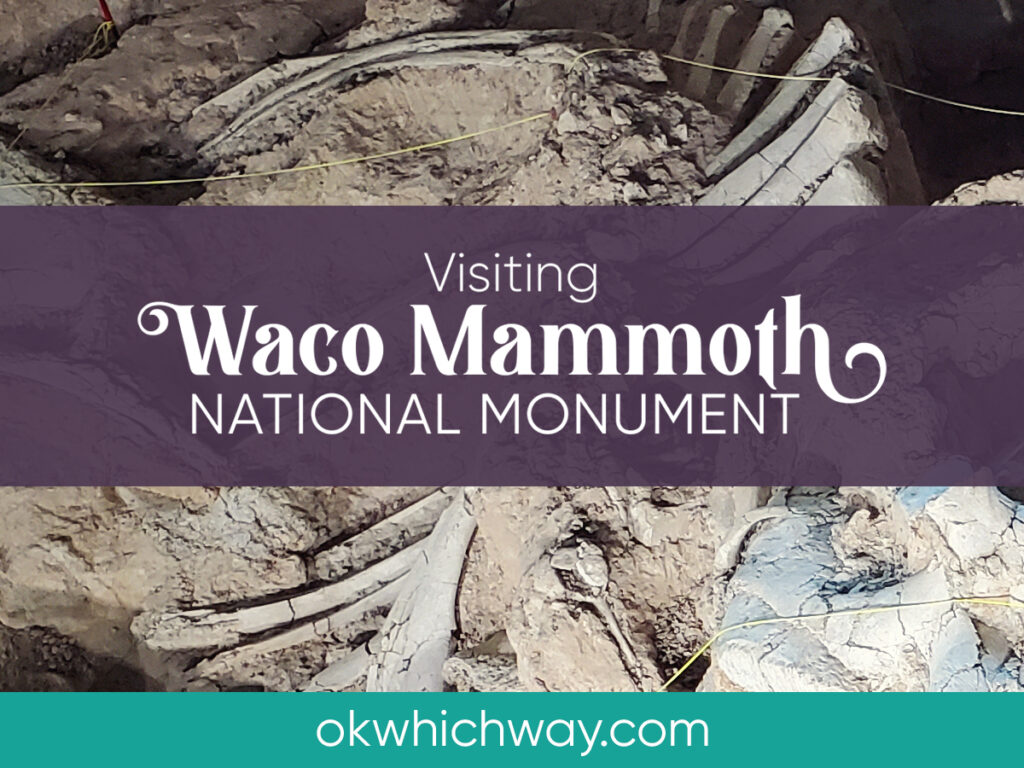
Visiting Waco Mammoth National Monument
Along with a kazillion others, we visited Waco Mammoth National Monument during our trip to Texas to see the 2024 solar eclipse. The park is a paleontological site managed by the City of Waco, Baylor University, and more recently, the National Park Service.
This post may contain affiliate links. When you make a purchase using one of these affiliate links, we get paid a small commission at no extra cost to you.
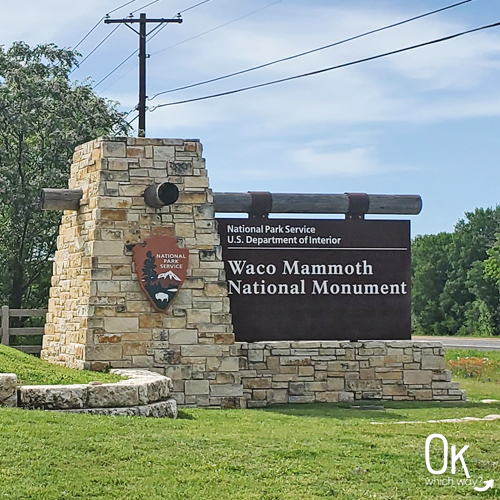
Know Before You Go
Location: Central Texas, about 10 minutes outside of downtown Waco
Established: The site opened to the public in 2009 and was designated a National Monument in 2015
Lodging/Camping: None
Food: None
Fee: To enter the dig site, a small fee is charged by the City of Waco. America the Beautiful passes are not valid.
Visiting the Monument
In 1978, Paul Barron and Eddie Bufkin discovered a bone in a ravine that was later identified as belonging to a Columbian mammoth. The highlight of this national monument is definitely the dig shelter protecting fossils discovered after that day from Columbian mammoths, a camel type creature, and a Saber-toothed cat.
Before heading to the dig site, be sure to purchase your entrance pass at the small Welcome Center.
During the Ice Age glaciers covered the areas of Canada and northern United States, but not Texas
Path
A nice shaded path guides you from the welcome center to the dig site. Being from out of town and short on time, it was actually a great way for us to check out the foliage of the area.
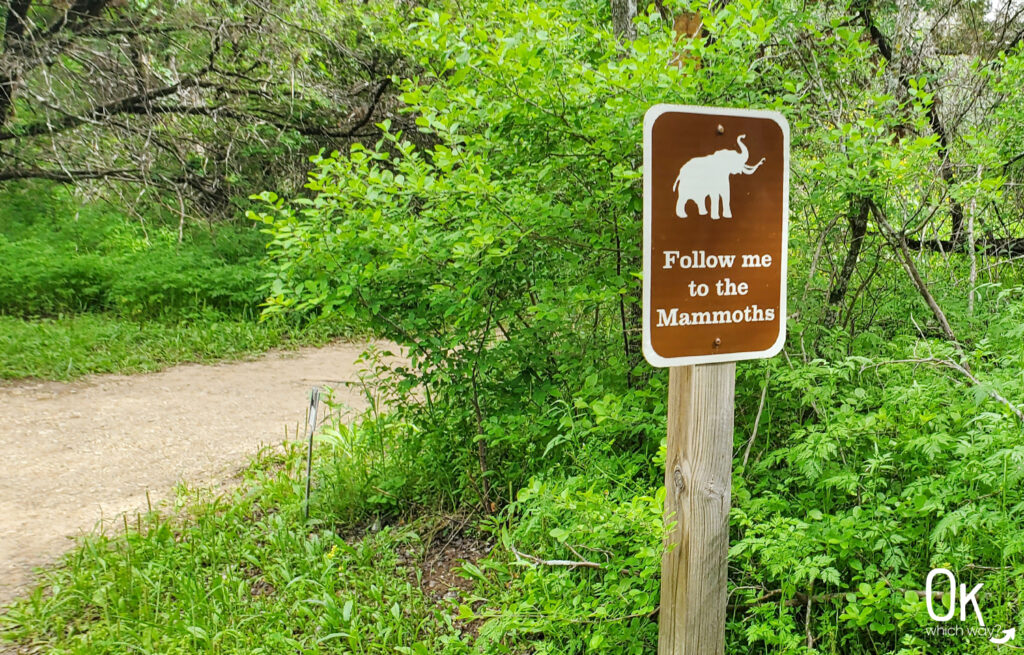
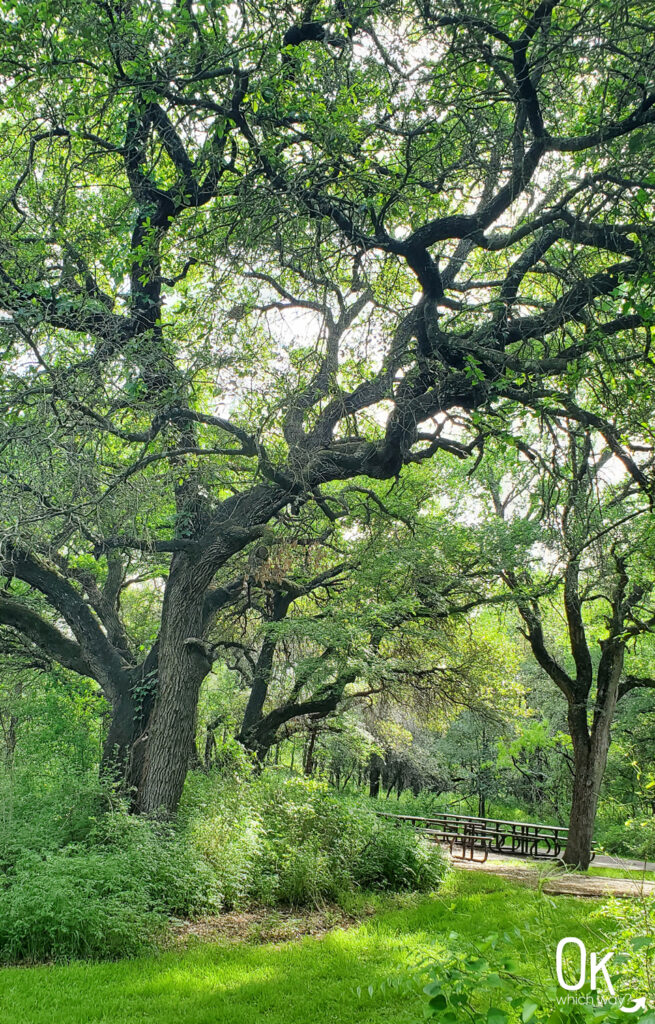
Dig Site
This was my first visit to a paleontological site. Many of the fossils remain in situ, meaning left in their original position. They are protected by a climate controlled shelter.
You can walk through the shelter on your own or choose to take a guided tour. The tour is great if you want a little more information about the animals and theories on how they died. It is thought that the animals did not all perish at the same time, but over the course of three different flood events.
The site is still being used for scientific research. Recent studies have some people questioning whether the fossils thought to belong to a juvenile mammoth, are actually from a 30 year old mammoth. The question is, why are they the size of a younger animal?
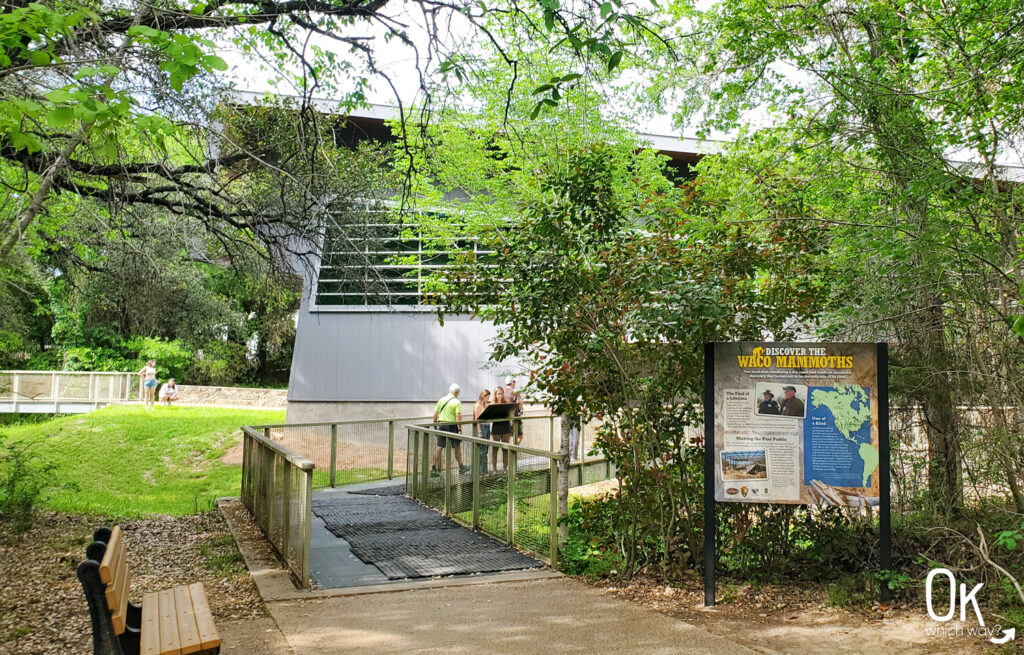
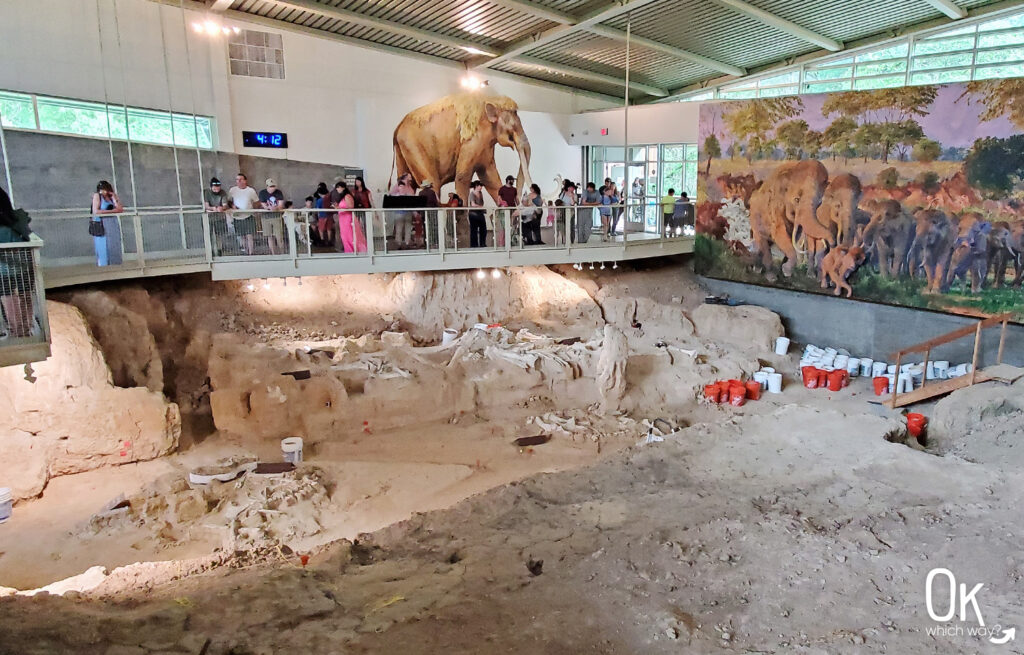
Columbian mammoths were thought to live as far north as southern Canada and down into Central America. Standing around 14 feet tall, they were larger than their relative, the Wooly mammoth.

Western Camel bones were also found at this location. This Ice Age creature stood 7 feet tall and were herbivores.
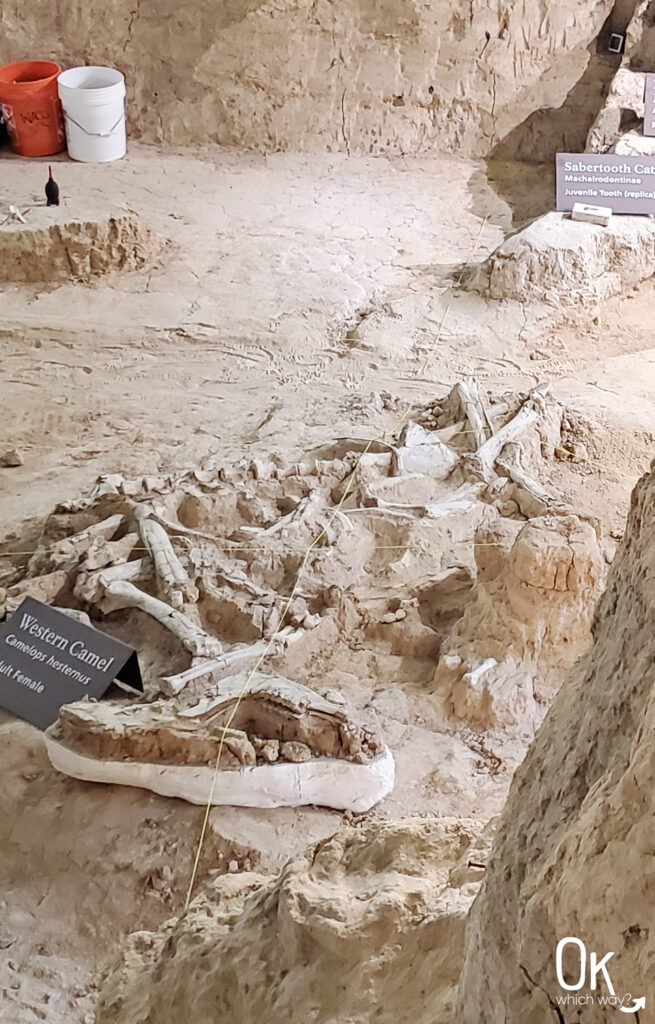
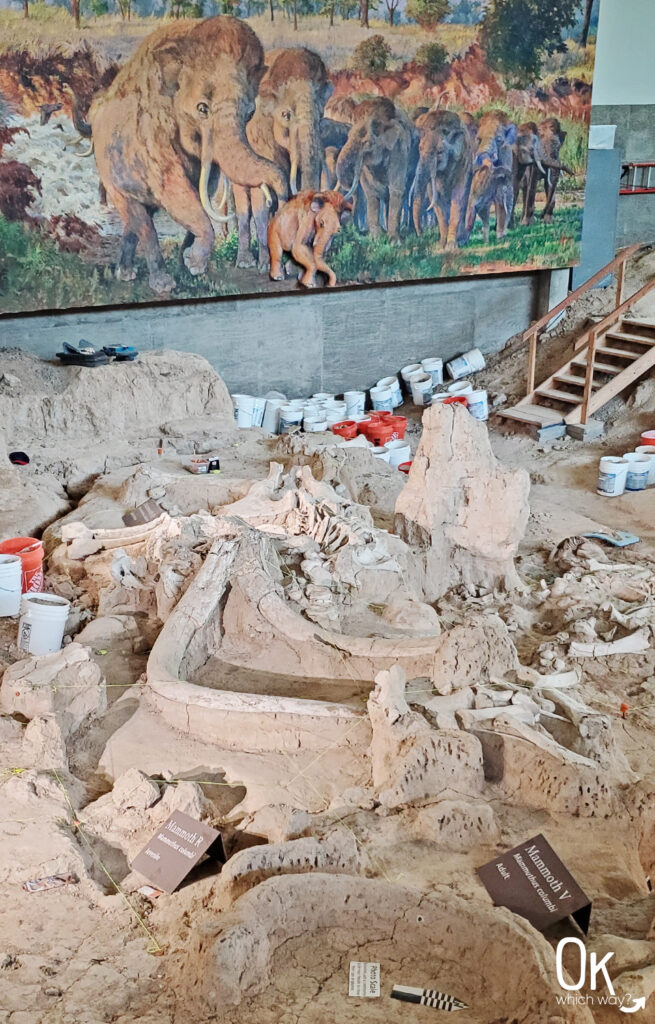
Conclusion
I enjoy natural history, so this was a great place to visit. The site is not huge and doesn’t take long to explore. It’s definitely worth a stop if you are nearby. But, unless you’re really into mammoths I wouldn’t go too far out of my way to visit.
Thinking About Visiting Waco Mammoth National Monument?
Pin This to Help Plan Your Trip ⬇

More US National Monuments to Visit


